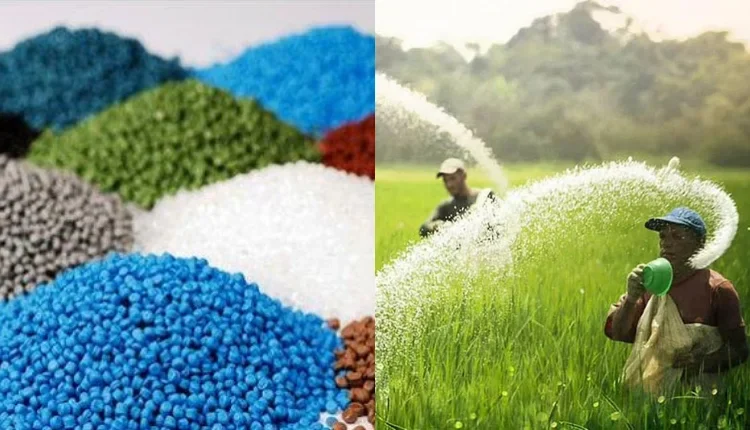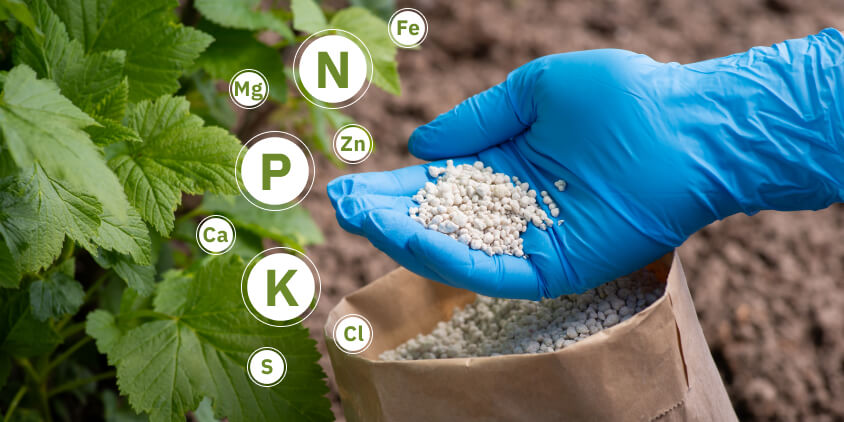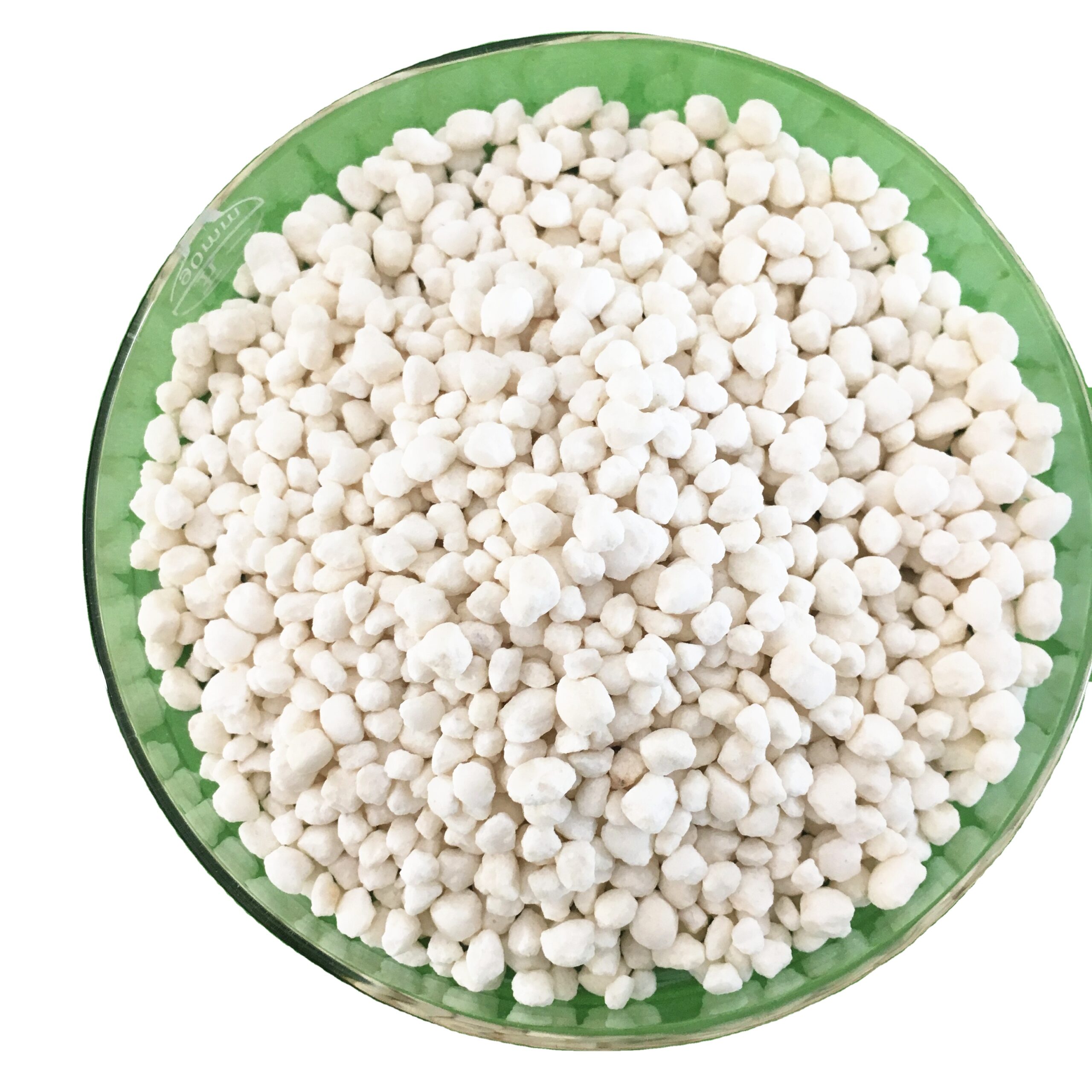Introduction
Urea granular fertilizer is the power house of the modern agricultural system. It basically increases three to four times the nutrients into the soil to improve the soil nutrition and crop productivity.
Nutrition of the soil is crucial to an effective farming process – how much the plant will grow, how much it will produce, and the quality of the crop all depend on the nutrients available to the plants growing there – and urea granular fertilizer is essentially just a highly concentrated supply of the simple nutrient, nitrogen. Packaged in small granules, it’s easy to handle and distribute to the soil, and virtually none is lost en route to the soil, with relatively low runoff threats into the environment.
The purpose of this handbook is to discuss the ingredient, benefits, and ideal use of the urea granular fertilizer to the farmers and the agricultural servants to make an informed decision. Every farming person can get benefitted from this important agriculture input by improving the understanding on it.
Chemical Properties and Benefits of Urea Granular Fertilizer
It is far and away the most nitrogeneous of fertilizers – usually 46 per cent nitrogen by weight. This concentration of nitrogen is essential because nitrogen is a major element in chlorophyll, which is the substance that allows plants to photosynthesise, and amino acids that are the building blocks of plants.
Chemical Properties
According to this formula, urea is a compound formed by carbon, oxygen and nitrogen – which check the ingredients label. But the more important aspectrea as a fertilizer and a significant chemical incorporated in the agricultural sector. Urea is a result of an industrial-scale synthesis process involving ammonia and carbon dioxide at very high pressure and temperature that forms a solid that is subsequently granulated for use in the agricultural sector. The granularity is important because it makes for easier application, better dust-control compared with powders and liquids, and better control over release.
Benefits of Urea Granular Fertilizer
Improved Nutrient Efficiency: The stability of urea in the soil means that urea-based products can be recommended for less frequent applications.
Stimulation of Plant Growth: N = Plant growth is critical for crops, leaves, and stems need plenty of N for development and a proper nitrogen supply contributes to the increase in biomass and optimises plant health. Urea granular fertilizer represent an extremely high amount of available N, benefiting crops during the accelerated growth phases of the crop cycle.
Better Soil Structure: Regular urea applications will provide microbial inoculum that will greatly enhance your soil structure making it more productive. Healthy soils will be well aerated, easy to work with, will hold more moisture and needs less artificial chemical augmentation.
Agricultural Applications
Urea fertilizer is polycrop, a single molecule that can be applied to a vast array of crops vernaculars (grains, fruits, vegetables, ornamentals), and it works especially well in intensive farming settings, similar to the Midwest, where nutrient depletion is rapid but replenishment can also be quite high.
The urea granular fertilizer is a synthetic product used in production of vegetables, fruits and cereals. Indeed, the utilisation of this kind of fertilizer has optimised yields in agricultural sector by supplementing the nutritious needs of plants, as well as boosting the strengths.However, there are numerous disadvantages of this fertilizer. Firstly, the use of fertilizer has led to an increase in the content of salt in the soil. It is reported that salinity in the soil makes the plants extremely weak and easily destroyed by bacteria or viruses. Not only that, the fertilizer has interfered with oxygen production which plays an essential role in plant development. Overapplication of this substance often results in a rotten situation to the plants.
In conclusion, disadvantages apparently outweigh the advantages of urea granular fertilizer that is esteemed as an important mean for augmenting the yield rate. Therefore, it should never be abused and appropriate amount must be carefully computed to apply in order to ensure a continual longterm tenure in agricultural sector.

How to Correctly Apply Urea Granular Fertilizer
These simple requirements are crucial if urea-based fertilizers – the world’s primary source of minerals for plant growth – are to be applied accurately, ensuring that plants receive the most nutrients without surplus spillage into the environment.
Preparation Before Application
Soil TestingFirst, you are encouraged to conduct a soil test to determine what nutrients are already in the soil and how much urea fertilizer to apply.
Rate of Application: Make sure that urea is applied in the correct amount, making adjustments if necessary to compensate for variations in pea or crop size and the stage of growth. Separation: Make sure that the seeder or applicator is set up to separate urea from canola and pea seed, which reduces the risk of damage to these delicate seeds. Calibration of Equipment: Make sure that any machinery, such as spreaders, used to apply urea is calibrated to apply the correct number of urea granules in a uniform fashion and at the correct application rate.
Application Techniques
For large or flat fields, broadcasting is the most common method of urea granule application, covering the whole surface layer of the soil. The fertilizer is normally planted into the soil with tillage or watering, due to the risk of nitrogen volatilisation.
Side-dressing: Applying a fertilizer alongside rows of crops or plant roots. A fertilizer applied this way, either alongside a grain crop, in a tomato bed or as a desert spot dose, will help growers meet nutrient needs as plants continue to grow. Side-dressing is a particularly good option for delivering more nitrogen to crops when they need it most.
Band application: fertilizer is applied in strips or bands in the soil to either side of the seed rows. While this system offers savings over broadcasting, nutrients in the seed rows are closer to the crop roots.
Timing and Dosage
Timing: Applying the urea fertilizer should coincide with seedlings growth to initially enable the tree to better take root and thrive,with the potential of more applications as trees mature.
Dosage: As stated in the above soil test report, you can refer to the fertilizer recommendations. Generally speaking, when applying fertilizer, observe the crop requirements and consider the nutrient requirement rates to calculate the fertilizer application amount. It is necessary to ensure that fertilizer does not cause excess pollution to the environment by leaching, and the crop is not excessively burdened by over-fertilisation. At the same time, it will lead to the waste of nutrients without enough fertilizer.
Managing Environmental Impact
incorporation in the soil: To avoid ammonia volatilisation, the urea granules containing nitrogen have to be incorporated in the soil within few days of application. They can be incorporated in soil by mechanization, or by rainfall.
Urea Inhibitor Use: I would advise you to use an urease inhibitor, which would slow the urea-to-ammonia conversion reaction, buy you some time, and allow the urea to be absorbed to the soil.
These best practices of usage of urea granular fertilizer can ensure there will be high crop output and low environmental footprint, and therefore, that farmers are successful.
Maximizing Efficiency: Tips and Tricks
When used properly, urea, a type of granular fertilizer, can improve crop output while also conserving resources and protecting the environment. This essay will provide some suggestions and tips on how to use it effectively.
On the one hand, urea is an effective type of fertilizer which has the following two merits. It has a slow release property which prevents pollution due to acid rain and can promote the growth of roots. People should pay more attention to the suitable products and use it at the proper quantities.
On the other hand, when applying urea, there are two tasks which should be discussed here. First, the crop requires the urea to be injected into the soil rather than putting it in the bottom of the plant. Secondly, next spring, people need to fertilise the soil again using urea to avoid plants disease caused by humus.
To conclude, urea is an ideal granular fertilizer which has some merits for the soil. I hope this product can help farmers manage their crop.
Soil Testing and Tailored Application
Precision Farming: Take precise soil tests to determine zones of nutrient needs and nutrient variability across the field, so you can apply fertilizer and additives in the exact doses needed by the crops growing in each zone, thereby reducing waste and enhancing plant response.
Technology that is integrated: fertilizer can be more accurately spread out and in an even manner by using modern equipment. With tools such as a global positioning system (GPS) director, the amount of urea granular fertilizer can be distributed evenly so that no area receives an uneven supply.
Blending with Other Fertilizers
Balanced nutrition: Urea can provide high amounts of nitrogen, but plants and vegetables need other nutrients (such as phosphorus and potassium), and a mix or ‘blend’ of these different fertilizers can compensate for urea’s lack of other nutrients. This ultimately results in a more balanced nutrient supply for crops, and more healthy plant growth and fertile soils.
Layered Application: For long-growing season crops, layered urea with slow-release fertilizers to provide a slow and steady supply of nutrients over time.
Avoiding Common Pitfalls
Over-fertilisation: Applying more fertilizer than what can be used by crops leads to a loss of inputs that ends up polluting the waterways through runoff and groundwater contamination. Always stick with the agronomic recommendations based on soil testing.
Timing of Application: Do not apply a pre-plant application of urea granular fertilizer prior to heavy rains that can lead to significant nitrogen leaching. On the other hand, look for a weather window where you can time the application in order for the fertilizer to remain within the soil long enough for the crops to take it up.
Volatilisation Loss: When urea is converted to gaseous ammonia and then into the atmosphere. Avoid this by working the fertilizer into the soil as quickly as possible after application, or use inhibitors to slow urea breakdown.
These good cultural practices result in more effective use of urea granular fertilizer, leading to improved crop yields and producing fewer chemicals entering the environment. In conclusion these good practices help to achieve the twin goals of sustainable agriculture and cutting down on operational costs through better fertilizer use efficiency.

Environmental Impact and Safety Measures
The use of uera granular fertilising organic matter is essential to boost agricultural productivity. But handling the fertilizer conscioulsy will make sure its use does not come with environmental risks and conforms to safety procedures.
Environmental Impact
Nitrogen Runoff: Among the risks associated with fertilizer products containing nitrogen is the risk of run-off of chemical properties into local water systems. This causes eutrophication of bodies of water, resulting in abnormal growths of algae and aquatic plants. Chemical run off has a negative impact on the oxygen levels in bodies of water and depletes life forms from the water system.
Greenhouse Gas Emissions: Ammonia volatilisation from manures and denitrification of fertilizer nitrogen are also sources of nitrous oxide, a potent greenhouse gas. The emissions can be reduced by using best management practices, including timing and method of application.
Lower long-term soil health and productivity: Recurring use at high levels was found to increase soil acidity and nutrient imbalance (depletion of minerals for plant growth), whereas moderate application was not expected to lead to these effects in the long term.
Safety Measures
Proper Handling and Storage: Store in a cool and dry place. Avoid spraying a moist surface as it can cause caking. 2044939825.png A 100 kg bag of urea, the most commonly used nitrogen fertilizer in Bihar, India. Urea granular fertilizer is stored and handled in cool and dry conditions and with gloves and masks to avoid the granule dust entering the operator’s respiratory system and causing irritation.
Application Safety: Do not apply during windy conditions to minimise drift and avoid deep placing fertilizer outside the application area. Operators should use appropriate personal protective equipment when working with field pots, specifically designed to avoid exposure of the skin to fertilizer.
Strategies for Mitigation
Buffer Zones: Planting buffer zones around water bodies keeps fertilizer runoff away from aquatic ecosystems.
Planting to cover crops takes up so-called excess plant-available nitrogen so what leaches out to water is minimal In addition, cover crops reduce erosion.
Enhanced Formulations: Controlled-release formulations of urea can lower the rate of nitrogen release into the soil, and therefore the risk of leaching and volatilisation.
As long as farmers and the other agricultural operators keep in mind those environmental and safety measures and apply them, they can ensure the right use of this utmost essential granular fertilizer to the modern agricultural sector as it guarantees a great contribution to attaining the maximum possible crop yield with a minimal discrepancy for the environment.
Conclusion
Through this guide we have seen the important impacts of urea granular fertilizer in improving the productivity of soil, thus improving the practice of sustainable agriculture. This is a brief summary of the paraphrased text and the final thoughts on the wise utilization of this important agriculture input.
Recap of Key Points:
An Important Properties of Urea Granular Fertilizer: The high nitrogen content of urea granular fertilizer is good for the growth and development of plants, especially for the development of tall stalk and broad leaves.
Application Methods: The right way to apply – broadcasting, side-dressing, and banding – to get the fertilizers to reach their full efficiency in crop growth, without wasting them.
Efficiency Strategies: Urea granular fertilizer is deemed more effective when we combine it with recommendations such as soil testing and appropriate blending with other types of fertilizers; this way, crops obtain higher yields.
Environmental and Safety Procedures: Environmental guidelines on how to minimise ecological impact as well as safety procedures for our own personal health and safety measures were also addressed with careful considerations.
Final Thoughts:
The important point here is that the urea granule is not just potent fertilizer but also it is a powerful and chemical fertilizer. Sustainable agriculture asks for the optimal management of such potent fertilizers so that how are they applied will benefit plant growth as well as avoid any environmental concerns and problems related to the future agricultural productivity. By the modern methods of agriculture and best practice for fertilizer use, farmers are able to enhance the soil fertility and support the crops production in sustainable manner in terms of the environment, farmers’ income and further crop production.
Here are three scholarly references related to urea granular fertilizer:
- Conjoint Application of Nano-Urea with Conventional Fertilizers:
- This study explores the use of nano-urea alongside traditional fertilizers, aiming to improve nitrogen use efficiency and reduce environmental impact. It suggests that nano-urea can potentially reduce the need for traditional urea, leading to less environmental pollution and better sustainability in agriculture.
- Improving the Efficient Use of Urea-Containing Fertilizers:
- Focused on optimizing urea usage to maximize agricultural yield, this paper discusses strategies such as proper application timing and methods to reduce nitrogen loss, which is a common issue with standard urea fertilizers.
- Review: Modified Urea Fertilizers and Their Effects on Improving Nitrogen Use Efficiency (NUE):
- This review assesses various modifications to urea fertilizers designed to enhance their efficiency and reduce nitrogen losses. The modifications include coatings and additives that control the release rate of nitrogen, which can significantly improve nutrient uptake by plants and minimize environmental risks.







